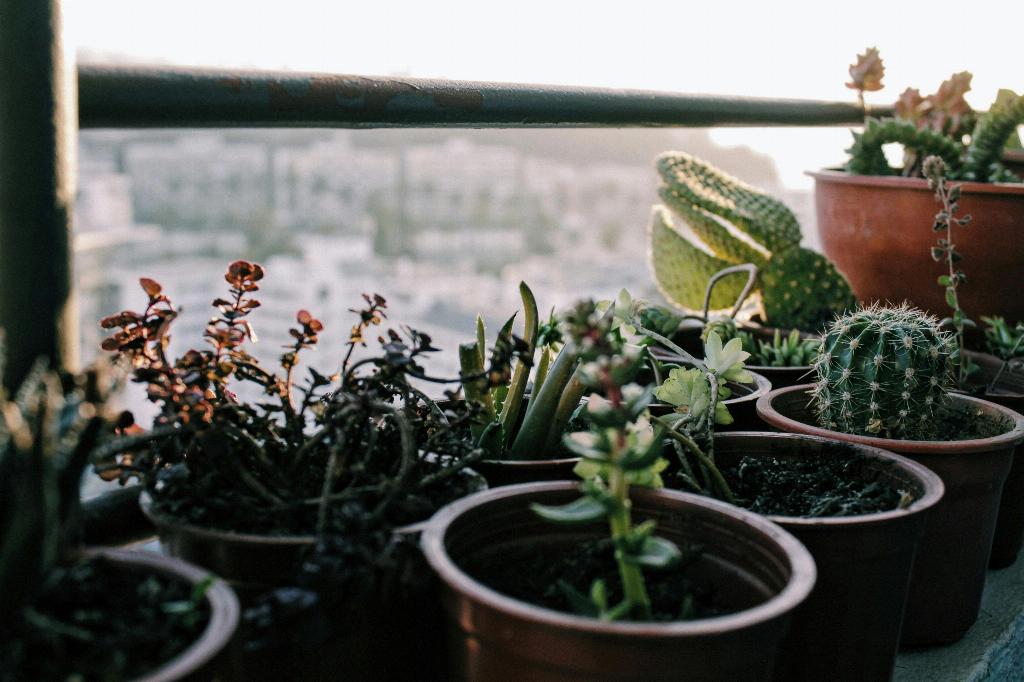One of the most intriguing questions in biology is why cacti have needles. These sharp structures are not merely decorative; they serve a critical purpose in the survival of cacti in their harsh desert habitats.
Adaptation to Harsh Environments
Over time, the leaves of cacti evolved into the spiny needles we see today. This transformation was not accidental but a result of natural selection. In hot, arid regions where cacti thrive, water conservation is essential. The spines minimize water loss by reducing air flow around the cactus, decreasing transpiration rates.
Defense Mechanism
The sharp spines of cacti also serve as a defense mechanism against herbivores. Animals that attempt to feed on cacti encounter a prickly barrier that deters them from consuming the plant. This protection ensures the cactus can allocate resources efficiently without constant threat from hungry predators.
Shading Effect
Interestingly, cactus spines also provide shade for the plant. By casting a shadow on the cactus body, the spines help reduce direct exposure to intense sunlight, thereby preventing overheating and sun damage. This secondary function demonstrates the multifaceted roles that cactus needles play in the plant’s survival strategy.
Hydration Assistance
Another crucial aspect of cactus needles is their role in gathering water. Despite living in dry environments, cacti can collect moisture from dew and fog that condenses on their spines. This water trickles down to the base of the plant, where it is absorbed, aiding in hydration during prolonged periods of drought.
Temperature Regulation
Moreover, cactus needles assist in temperature regulation. By insulating the plant’s surface, the spines help maintain an optimal temperature for metabolic processes. In the scorching heat of the desert, this adaptive feature is vital for the cactus’s overall health and survival.
Species Variation
It’s important to note that not all cacti have sharp needles; some species have modified their leaves into glochids, tiny barbed structures that serve similar functions. Each cactus species has evolved distinct adaptations to suit its specific environmental niche and survival requirements.
Biotic Interactions
Furthermore, the presence of spines on cacti fosters unique ecological interactions. Certain birds, such as cactus wrens, use cactus spines for nesting sites, offering protection from predators. This mutually beneficial relationship showcases the intricate balance of nature’s interconnected processes.
Genetic Basis
The genetic basis of cactus spine development is a fascinating area of study for botanists and evolutionary biologists. Understanding the molecular pathways involved in spine formation can provide insights into the genetic mechanisms driving adaptive evolution in plants.
Human Utilization
Beyond their ecological significance, cactus needles have also found practical uses in human culture. Indigenous communities have long utilized cactus spines for various purposes, from crafting tools and needles to traditional medicine practices. This cultural heritage highlights the enduring connection between humans and nature.
Conservation Implications
Given the importance of cactus spines in the survival of these unique plants, their conservation is crucial. Habitat destruction and climate change pose significant threats to cacti worldwide, emphasizing the need for conservation efforts to protect these remarkable species and their intricate adaptations.
Conclusion
In conclusion, the presence of needles on cacti is not a random feature but a result of millions of years of evolutionary fine-tuning. From water conservation and defense mechanisms to temperature regulation and beyond, cactus needles play diverse roles essential for the plant’s survival in challenging desert environments.

